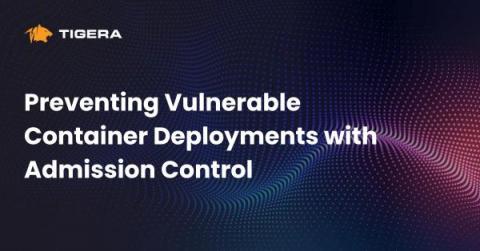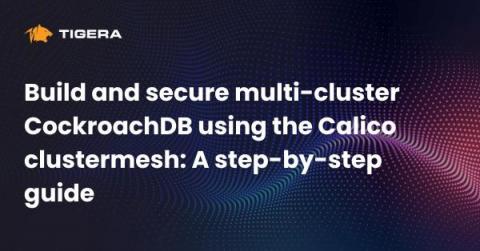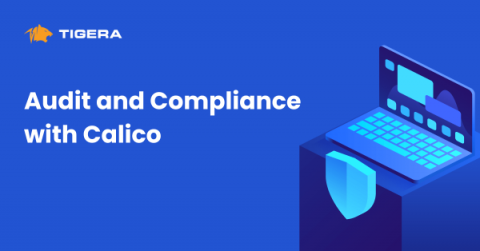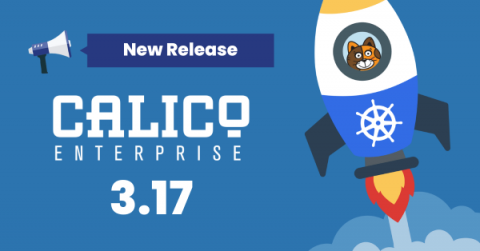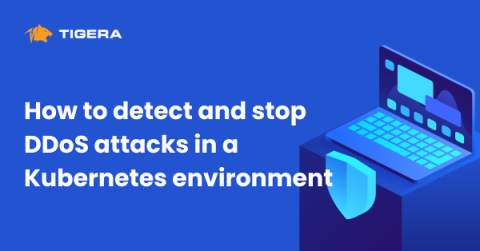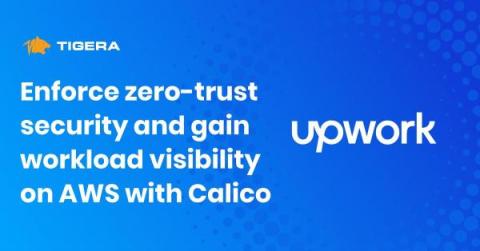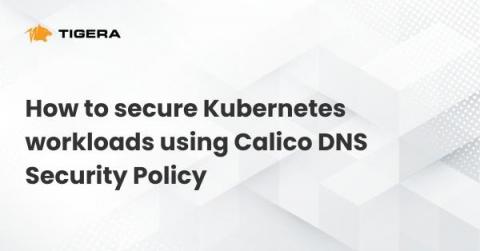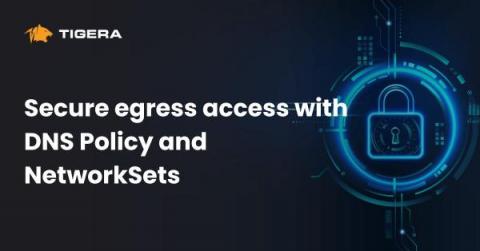Preventing Vulnerable Container Deployments with Admission Control
In a previous blog post, Hands-on guide: How to scan and block container images to mitigate SBOM attacks, we looked at how Software Supply Chain threats can be identified and assessed. The severity of these vulnerabilities determine the posture or scan result for an image i.e. Pass, Warning or Fail. The next question is “What can we do with these results?”.


